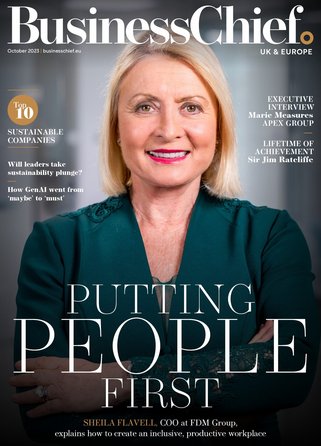How to get your export business on the path to positive cashflow

Cashflow. That’s the word I hear more than any other when small businesses are talking about the biggest challenges they face when starting to export. Payment cycles can be very long, and first-time exporters need to plan carefully to ensure that they have sufficient cash to cover multiple costs. Yet securing a source of cash through the exporting journey can be challenging.
The challenge of accessing cash
Finding customers is only one of the challenges in establishing an export business. As an exporter, you will also need enough working capital at hand to keep the business moving while you are finalising your export contract or waiting for payments.
To minimise cashflow issues, you should consider protecting your business with strong contracts and favourable payment terms. For example, you may choose to ask for an upfront deposit, interim payments and shorter payment periods. When you are exporting for the first time, make sure that you work with experts in the field such as your accountant and lawyers, to ensure that you are aware of any potential issues.
There may be times when you need to rely on external finance to ensure you have access to working capital to keep the business going in between payments. If you’re looking for a loan, you are most likely to speak to your bank. However, your bank may not always be able to assist: you may not have the level of physical assets needed to use as security against a loan, or perhaps you’re exporting to an emerging market with a high-risk profile.
What’s more, as a relatively new-comer to exporting, your earnings profile in international markets could be variable. This could discourage banks, who may rely on your historical financial records and performance to build a risk profile for your business.
Managing working capital while growing
Going through a high growth phase can increase challenges for small businesses, as this could create significant working capital shortfalls.
For instance, an overseas customer may award you a much larger contract than the value of your domestic business. That’s great news, if you are ready to grow your company, but it could also mean that you’ll need more capital to hire extra staff or to order more stock from suppliers to meet increased demand.
If you’re negotiating a contract with an international company, especially one that’s larger or more experienced, the terms of payment may not be weighted in your favour. It may be difficult to get an advance payment from your buyer, or you may need to wait for a long time before you receive any payment at all.
To avoid a funding shortfall it’s important to understand the financing options available. Bank guarantees and bonds can help to bridge the cashflow gap between paying your suppliers and receiving payment.
Managing international payments
Even if you’ve got a successful track record of managing cashflow while doing business locally, managing international payments comes with its own risks. These may include country or political risks, currency risks, corruption, risk of non-payment and more.
How to get positive cashflow
Managing the cashflow challenges of exporting can be daunting. On the plus side, becoming an exporter can open your business up to a world of opportunities. These include:
- A significantly larger pool of customers to promote and sell your goods or services to
- More diverse markets can help you increase your competitiveness and mitigate risk
- Increased economies of scale
- The potential to increase your profits.
The key to exporting successfully is to understand and manage your risks. That way, you’ll be able to make the most of the opportunities, and be on the path to positive cashflow.
For more information on how you can manage your export cashflow, download Efic’s latest cashflow paper.
By Andrew Watson, Executive Director, Export Finance, Efic



